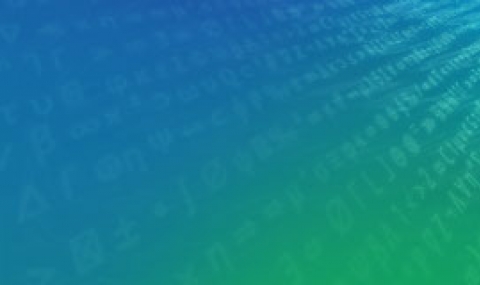
Group Members

ALUMNI (PHD)
-
Kovalsky Shahar. "Optimization of singular values for problems in computer graphics and vision," 2016.
-
Simon Konrad. "Linear and nonlinear elasticity models for shape matching," 2016.
-
Mica Arie-Nachimson. “Incorporating 3D information in image collections for dense reconstruction and pose estimation,” 2013.
-
Daniel Glasner. “A joint optimization approach to problems in computer vision”, 2013.
-
Orit Kliper-Gross. “Action recognition in challenging real-world videos,” 2013 (advised jointly with Tal Hassner).
-
Sharon Alpert (advised jointly with Achi Brandt). “Multiscale methods for edge detection and image segmentation,” 2010 (advised jointly with Achi Brandt). .
-
Ira Kemelmacher-Shlizerman. “3D shape reconstruction with shading information and prior knowledge, ” 2009.
-
Lena Gorelick “Object and action recognition using Poisson-based shape representations,” 2009 (advised jointly with Achi Brandt).
-
Darya Frolova. “Analysis of lighting and applications to 3-dimensional reconstruction of moving and static objects,” 2009.
-
Ayelet Akselrod-Ballin, “Multiscale multi-channel 3D segmentation and classification of MRI,” 2007(advised jointly with Achi Brandt).
-
Roman Dovgard, “Efficient holistic image synthesis using linear constraints,” 2007 (advised jointly with Shimon Ullman).
-
Tal Hassner, “Building 3D shapes from parts,” Ph.D. Thesis, 2006.
-
Chen Brestel, “Matching hierarchical graphs of aggregates,” 2004.
-
Eitan Sharon, “Multiscale region segmentation and curve extraction,” 2001.
ALUMNI (MSC)
-
Meir Omer, "A multiscale variable-grouping framework for MRF energy minimization", 2015.
-
Amir Tal, "Multi-view structure from motion using rank-constrained optimization", 2015.
-
Ofir Nati, "Efficient bayesian detection of faint curved edges in noisy images", 2014.
-
Bartal Ofer, "Photometric stereo with unknown lighting and specular reflectance", 2012
-
Meir Moran, "Fibers, blood vessels and neurons", 2012.
-
Barkan Gilad, "Segmentation-based long range motion estimation", 2007.
-
Peled Tomer, "Towards segmentation-based scene understanding", 2007.
-
Raveh Barak, "Rediscovering secondary structures by searching for repetitive patterns in graphs of protein folds", 2007
-
Arie-Nachimson Mica, "Multiview object detection using a probabilistic 3D class model," 2007
-
Oren Forkosh, “Approaches to hierarchical Gaussian construction,” 2006.
-
Ronen Deitch, “Image denoising via non-convex optimization with Multigrid,” 2006.
-
Ira Kemelmacher, “Indexing with varying illumination and Pose,” 2004.
-
Lena Gorelick, “Object recognition by silhouette shape,” 2004 (Joint with Achi Brandt).
-
Alexander Apartzin, “Multiscale segmentation of independent object motion Using Irregular Pyramids,” 2004.
-
Ophir Gvirtzer, “Computing optical flow using hierarchical texture segmentation,” 2004.
-
Ilana Lavie, “Identification of protein residues and amino-acid properties that determine binding specificity of G protein-coupled receptors,” 2004 (advised jointly with Yitzhak Pilpel, Dept. of Molecular Genetics).
-
Denis Simakov, “Dense shape reconstruction of a moving object under arbitrary, unknown lighting,” 2003.
-
Ido Leichter, “Extending direct methods to handle larger motion,” .
-
Maksim Frenkel, “Curve matching using the fast marching method,” 2002.
-
Max Chavlevsky, “Bi-clustering for content based image retrieval,” 2002.
-
Yuval Spector, “Visual homing: application and extensions,” 1999.
-
Alexander Kultonov, “New spectral features and Gaussian mixtures for classification of multispectral data,” 1998.
-
Amoss Peleg. “Recognition of object in motion using invariant signatures,” 1997.
-
Yossi Cohen, “Inferring region salience from binary and gray-level images,” 1997.
-
Ovadya Menadeva, “The robustness to occlusions in recognizing planar objects with regions,” 1996.










